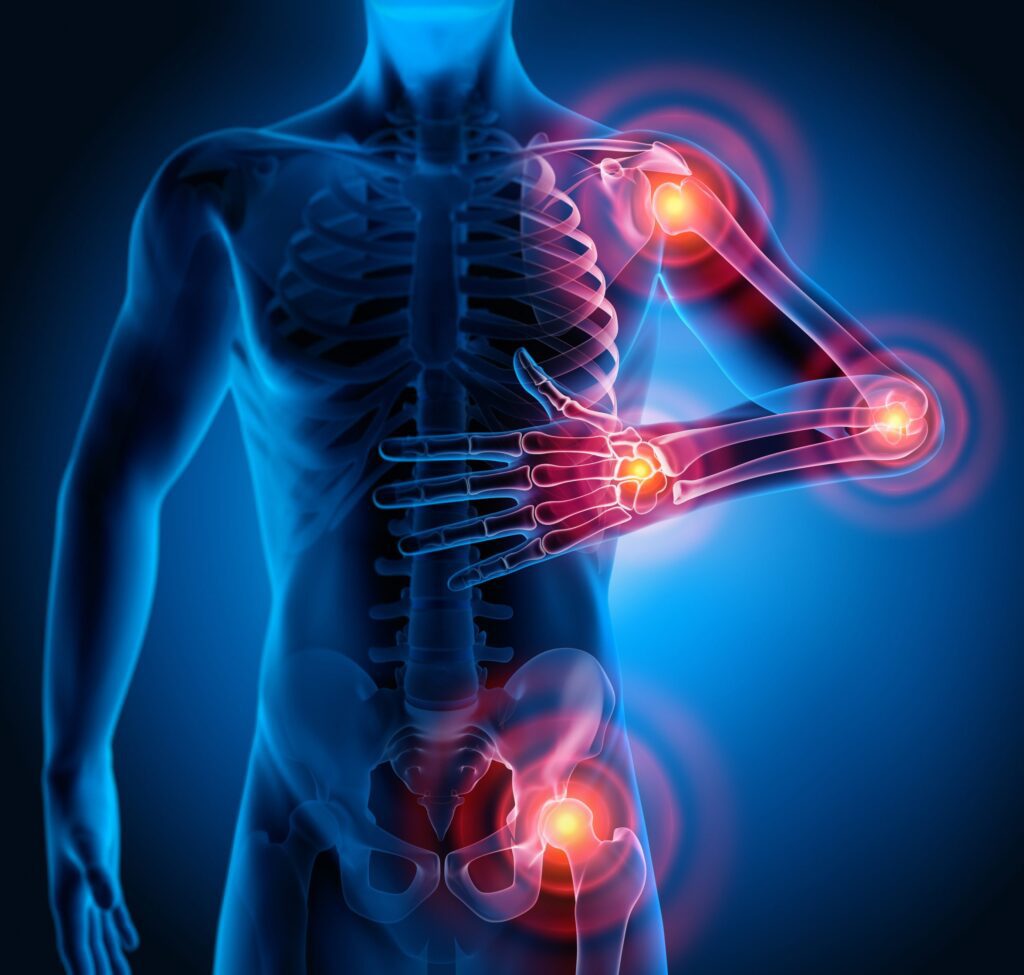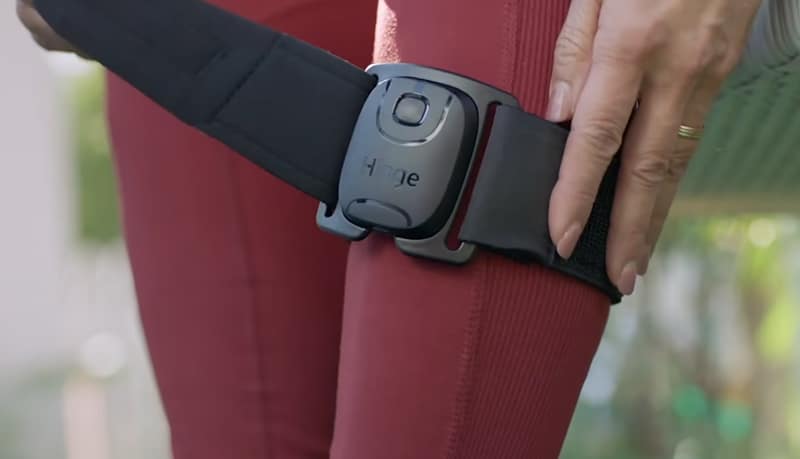Problems with the musculoskeletal system are injuries or disorders of the muscles, nerves, tendons, joints, cartilage and spinal discs. Chronic back, neck and joint pain affects millions of people and accounts for a large portion of global healthcare costs.
In recent months there has been a real boom in digital care solutions, I read from a Deloitte report.
A huge global market

The sector that aims to treat the musculoskeletal system, in particular, deserves special mention, because it is an extremely large global market. It can improve people's lives and even the economy: more than half of the problems are associated with working-age adults.
With the company remote work as the “new normal,” employers will conceivably have to take on health risks for employees they don't have an eye on.
Mark Luck Olson, CEO of RecoveryOne, thinks that instead of surgery, early treatment with physical therapy could be a game-changer in the immediate future. And then? The goal of “digital” musculoskeletal care should be more than simply moving a physical therapy appointment into a virtual environment.
We are not simply trying to digitize visits. Yes, visits can be part of the plan, but that's not the point. The aim is to improve the cost and quality of the service, not the single visit.
Mark Luck Olson, CEO of RecoveryOne
What's the plan?
A multidisciplinary approach that combines physical therapy with behavioral health and lifestyle modifications. Putting multiple changes into a daily routine can be the real game changer in helping people with chronic musculoskeletal pain get long-term relief while also avoiding costly surgery and other medical procedures.
Digital technologies enable new approaches to old problems such as musculoskeletal pain.
Le digital apps focused on the musculoskeletal system they are increasingly used for physical therapy, rehabilitation, telemedicine, pain management, behavioral health, and remote patient monitoring. Doctors (for now mostly in the US) are already selecting and recommending some of these apps to help patients.
Digital clinics for the musculoskeletal system

Hinge Health, a digital musculoskeletal care clinic, has launched Hinge Connect, an app that aims for a new standard of individual treatment. It integrates electronic medical records (EMR) and real-time therapies: and above all it coordinates treatments between "physical" therapists and body and posture data analysts.

DarioHealth, another player in the digital management of chronic conditions, has launched Upright GO S, a wearable device that constantly monitors your posture to improve it. Upright GO S uses biofeedback to track the user's posture and vibrates when they start to bend, signaling them to straighten up. It is fixed on the upper back with a hypoallergenic adhesive strip or a silicone necklace.
Technology offers us the opportunity to be helped to put aside the most harmful habits: if developed in a non-invasive and intelligent way, it will be a precious ally for our well-being.


